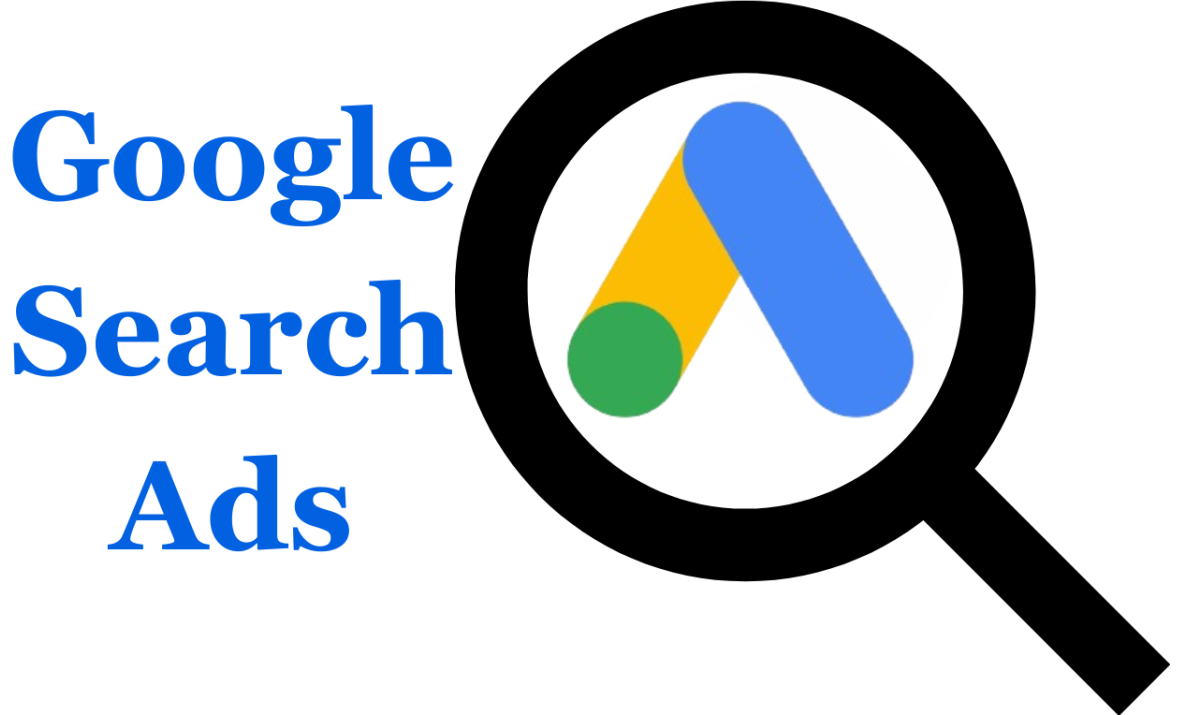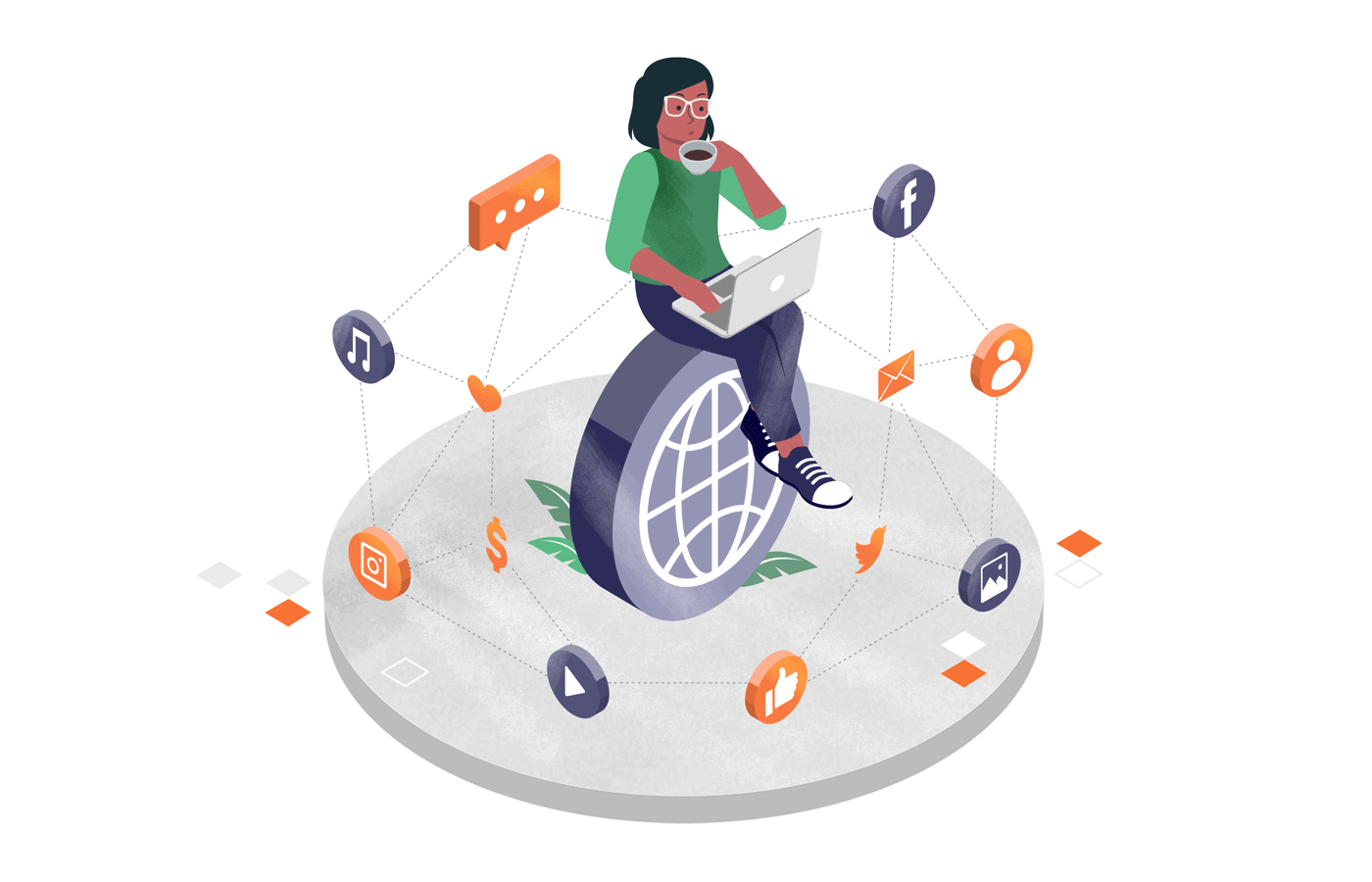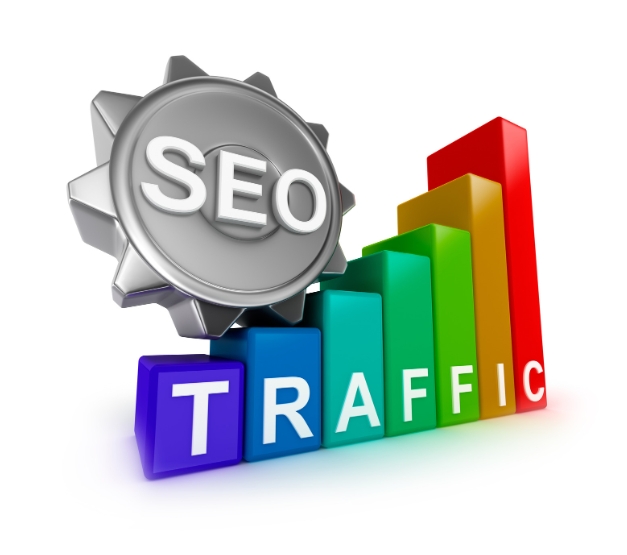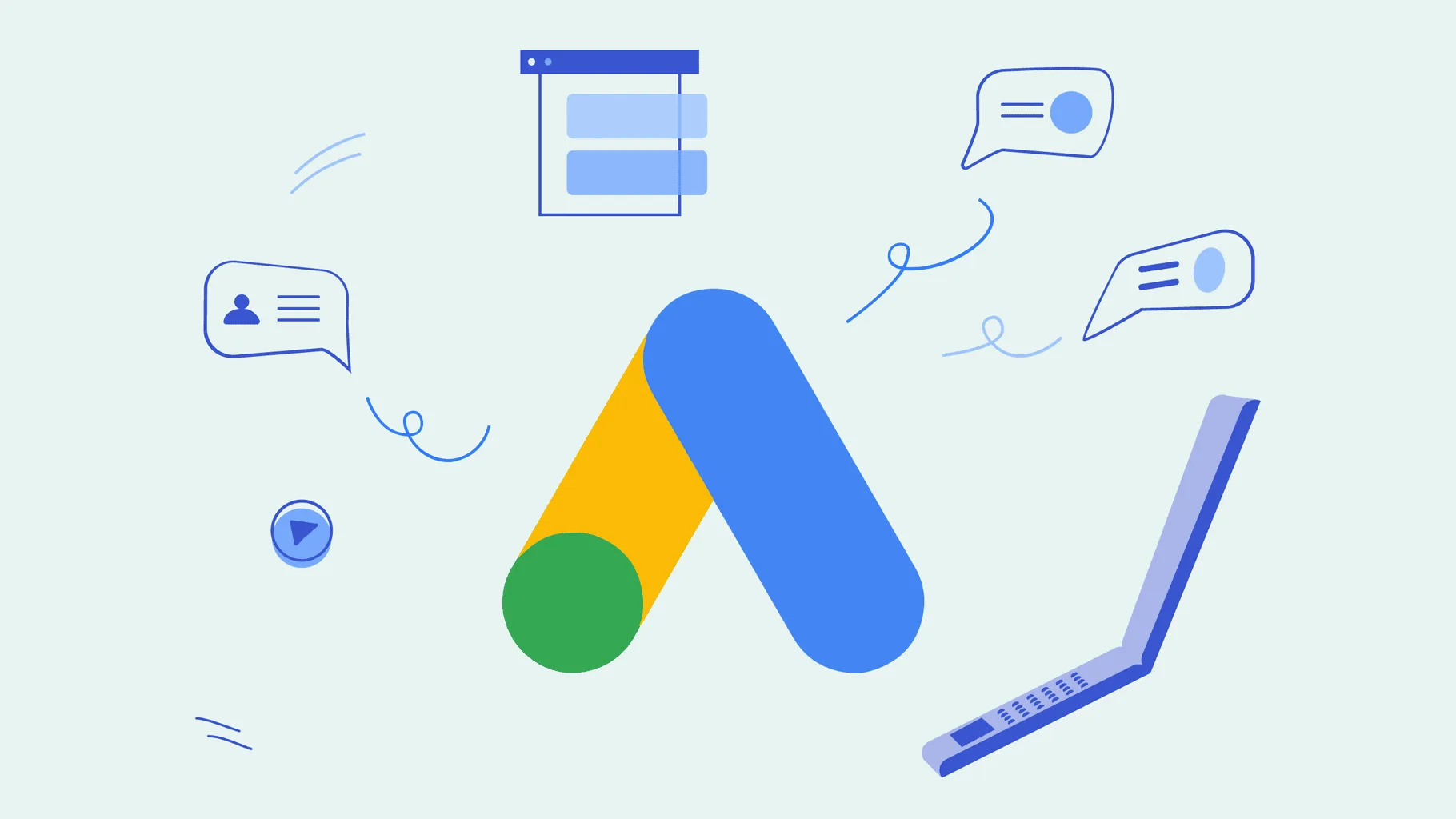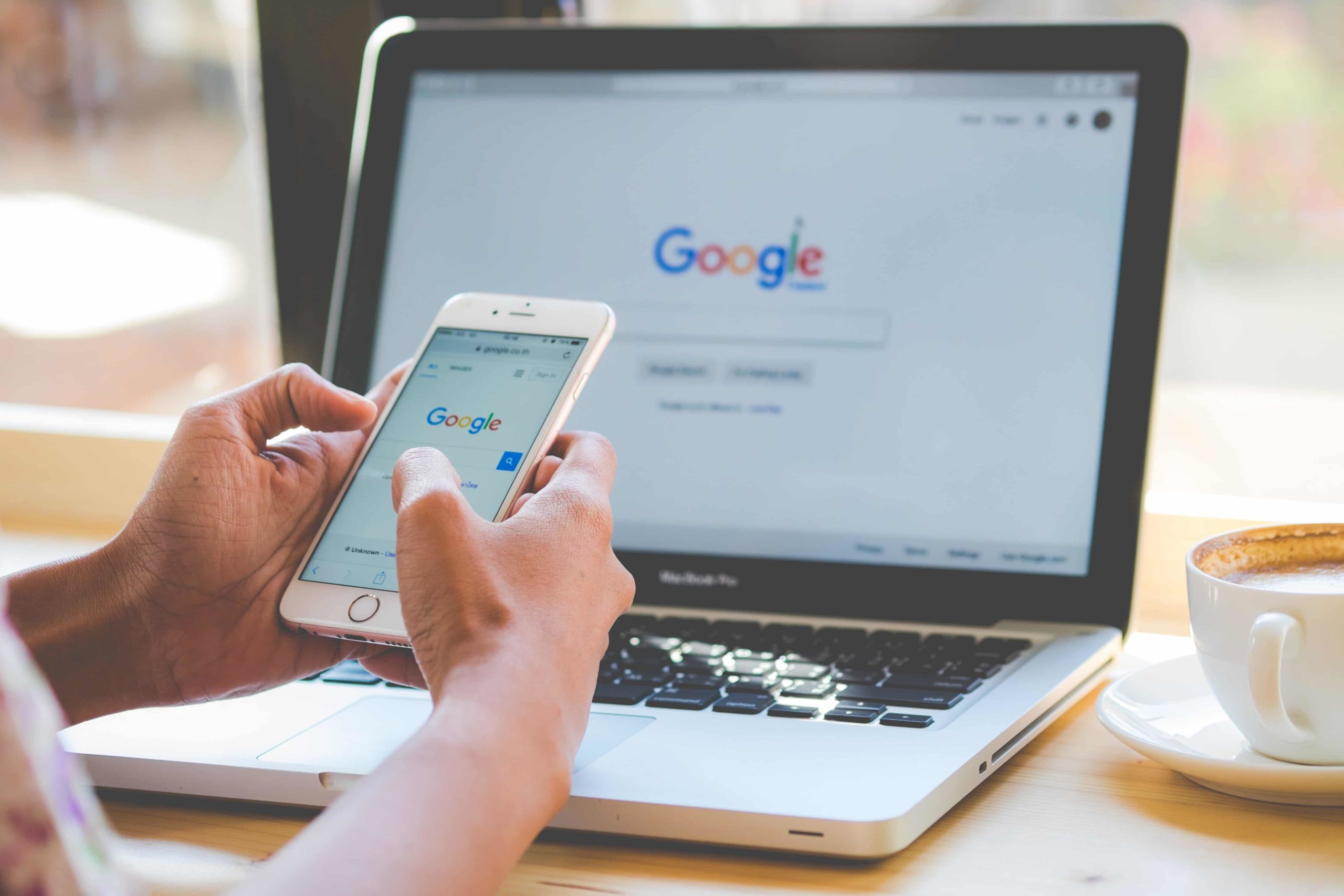The world of digital advertising is in constant evolution, and Google Search Ads continue to dominate as a powerful tool for businesses to connect with their audiences. Staying updated on the latest trends is essential for advertisers who want to maintain a competitive edge. This blog delves into the key trends shaping the future of Google Search Ads and explores how advertisers can adapt to maximise their impact.
The Rise of AI and Machine Learning in Search Ads
Artificial intelligence (AI) and machine learning are revolutionising Google Search Ads. These technologies are enhancing personalisation by analysing vast amounts of data to predict user behaviour and preferences. Automated bidding strategies, such as Target ROAS (Return on Ad Spend) and Maximise Conversions, are leveraging AI to optimise ad performance.
Responsive search ads are another AI-driven innovation, allowing advertisers to provide multiple headlines and descriptions. Google’s algorithm then tests and delivers the best-performing combinations. As AI capabilities continue to advance, we can expect further automation and smarter insights to refine ad targeting and improve campaign results.
Emphasis on First-Party Data and Privacy Regulations
With the increasing emphasis on user privacy, data collection and ad targeting are undergoing significant changes. Stricter regulations, such as the General Data Protection Regulation (GDPR) and the phasing out of third-party cookies, have made it crucial for advertisers to rely on first-party data.
First-party data—information collected directly from customers—is now a cornerstone for creating effective Google Search Ads. Businesses must prioritise building strong relationships with their customers to gather this data ethically. Strategies such as loyalty programs, email sign-ups, and app engagements can help brands adapt to the cookieless future while maintaining effective targeting capabilities.
Voice Search Optimisation and Its Implications for Google Ads
The rise of voice-activated devices like smart speakers and virtual assistants has transformed how users search online. Voice search queries are typically more conversational and longer than text-based searches, prompting advertisers to rethink their keyword strategies.
To optimise for voice search, advertisers must focus on natural language keywords and question-based phrases. Incorporating long-tail keywords and structured data can also improve ad visibility in voice search results. As the popularity of voice search grows, it presents both challenges and opportunities for brands to connect with audiences in new ways.
Increased Focus on Localised and Hyper-Personalised Ads
Localised advertising is gaining prominence as consumers increasingly seek personalised and location-specific experiences. Google Ads offers powerful tools like geotargeting and local extensions, allowing businesses to deliver relevant ads to users based on their geographic location.
For instance, a coffee shop can use location-based ads to attract nearby customers with special offers. Hyper-personalisation—tailoring ads to individual preferences and behaviours—takes this a step further, fostering stronger connections with target audiences. Brands that prioritise localised and personalised advertising will be well-positioned to stand out in a competitive market.
Video Ads Integration into Search Campaigns
Video content continues to dominate digital platforms, and its integration into search ads is an exciting trend. Google has been experimenting with video ad placements within search results, providing a visually engaging way for brands to capture attention.
Video ads are especially effective for storytelling and showcasing product features. Advertisers can use short, compelling videos to complement their traditional search campaigns. As this trend grows, businesses should explore how to incorporate video content to enhance their advertising strategies.
Automation of Campaign Management and Ad Optimisation
Google’s advancements in automation tools are streamlining campaign management and optimisation. Features like Performance Max campaigns enable advertisers to create a single campaign that runs across multiple Google channels, including Search, Display, YouTube, and Gmail.
Automation tools not only save time but also improve ROI by analysing performance data and making real-time adjustments. As these tools become more sophisticated, advertisers can focus on strategic planning while letting automation handle repetitive tasks.
Evolving Role of Interactive and Visual Search Ads
Interactive and visual search ads are emerging as powerful tools to boost engagement. Augmented reality (AR) and virtual reality (VR) technologies are being incorporated into ads, offering immersive experiences that captivate users.
For example, AR ads can allow users to try on virtual sunglasses or visualise furniture in their homes. These interactive elements create memorable brand experiences and encourage higher conversion rates. As this trend develops, brands should explore creative ways to incorporate interactive features into their Google Search Ads.
Shifts in Consumer Behaviour and Mobile-First Ads
The growing reliance on mobile devices for online activities has made mobile-first advertising a priority. Google’s mobile-friendly ad formats, such as call-only ads and app promotion ads, cater to users on the go.
Additionally, the concept of micro-moments—instances when consumers turn to their devices for quick answers—is shaping ad strategies. Advertisers must ensure their campaigns deliver relevant, timely information to capture users during these moments. Optimising for mobile ensures a seamless user experience and increases the likelihood of engagement.
Sustainability and Ethical Advertising in Google Ads
Consumers are becoming more conscious of sustainability and ethical practices, influencing how brands communicate through ads. Google has introduced features to help advertisers promote eco-friendly initiatives, such as highlighting carbon-neutral shipping or sustainable product options.
Ethical advertising involves not only promoting responsible practices but also ensuring transparency in ad targeting and messaging. Brands that align with consumer values and demonstrate their commitment to sustainability will gain trust and loyalty in the long run.
Takeaway
The future of Google Search Ads is filled with exciting opportunities and challenges. From AI-driven personalisation to interactive and mobile-first strategies, staying ahead of these trends is crucial for success. As privacy regulations evolve and consumer behaviours shift, advertisers must adapt their approaches to create meaningful and impactful campaigns.
By embracing innovation and leveraging the latest tools, businesses can ensure their Google Search Ads remain effective and relevant in an ever-changing digital landscape. Now is the time to prepare for the future and turn these trends into actionable strategies for growth.
So, there you have it – the winning combination of Google Search Ads and Web Boost Online. Embrace success with confidence, knowing you’ve chosen the best in the business for your online journey.

